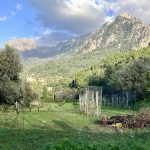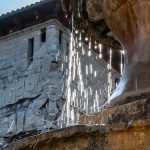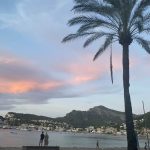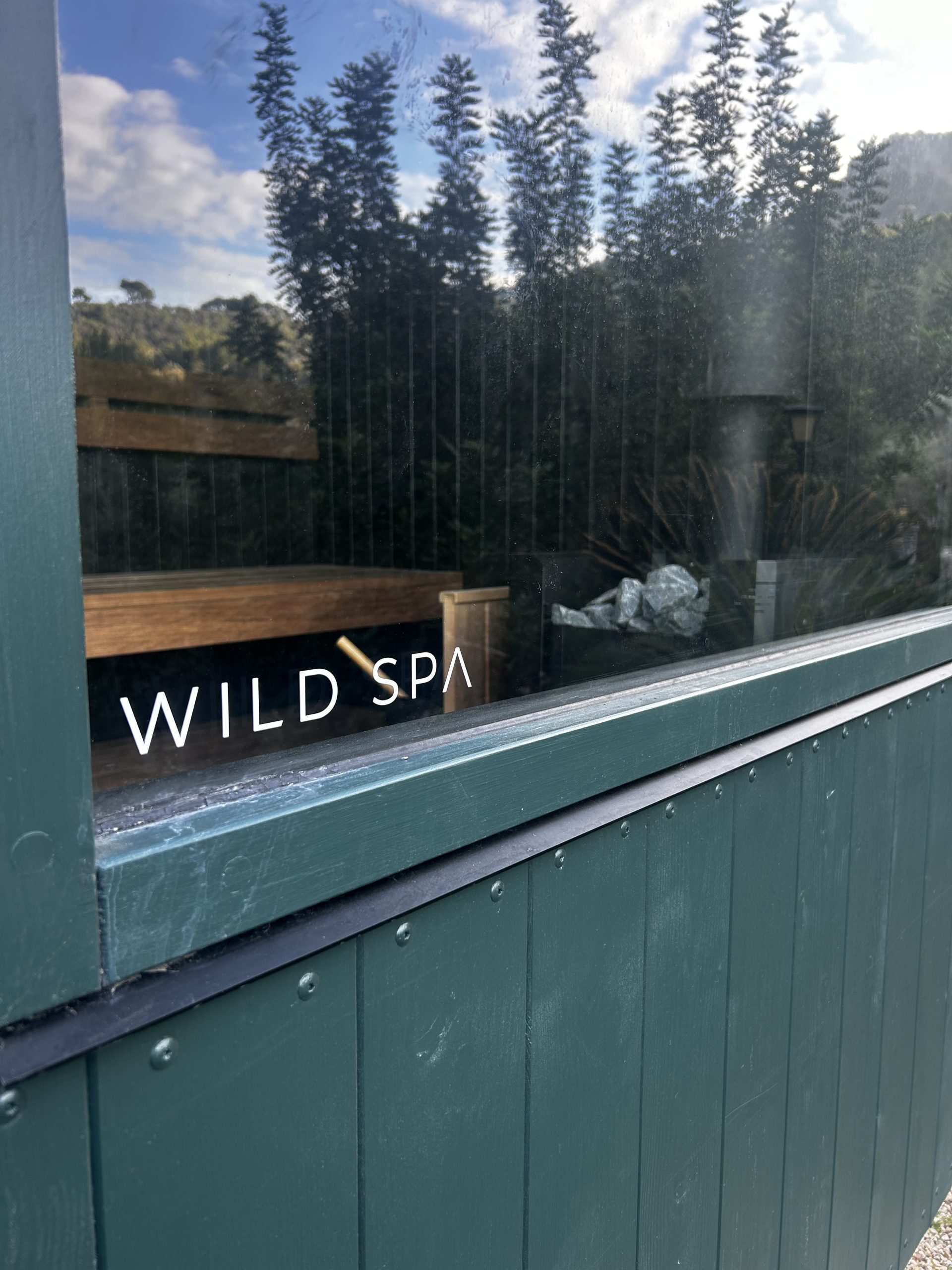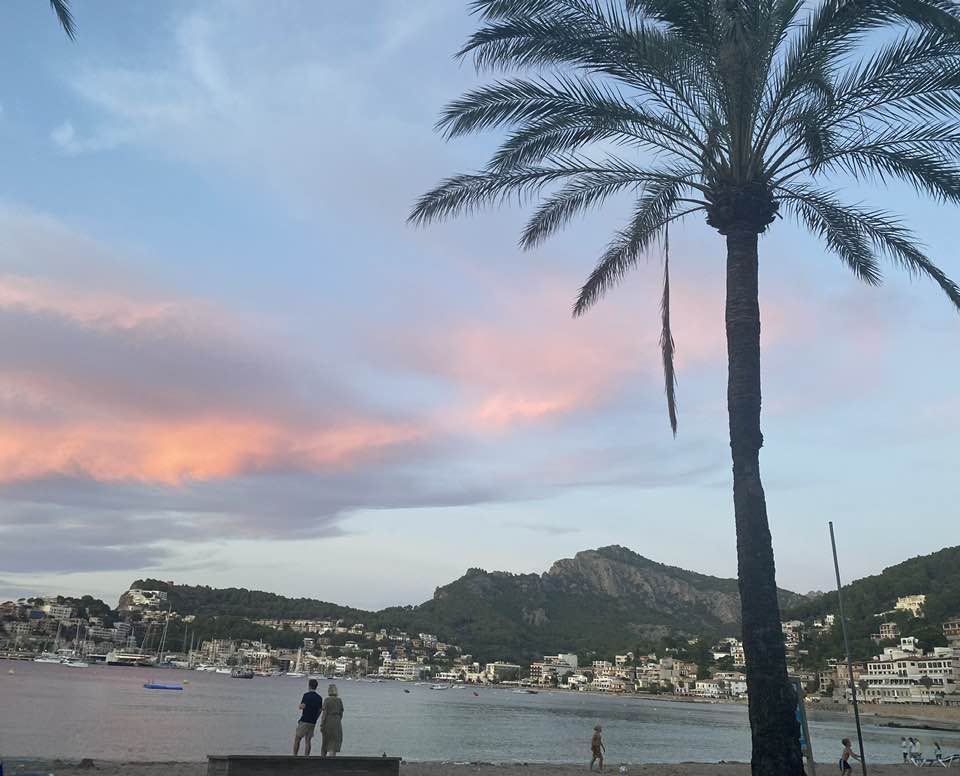The Mystery of the Black Virgin
By Robin Johnson
www.greatmystery.org
 |
|
If you look at the website of the Santuari de Lluc, a place of national importance to Mallorca and its people, you are hard pressed to find any reference to La Moreneta, the black Madonna whose appearance in the 13th century resulted in the creation of the church and the adjoining monastery.
There are a couple of references to the “Virgin” or the “Mother of God” but only an indirect mention about the legends of how the original statue was found and none of the miracles that have been attributed to her even to this day. Yet this painted sandstone statue (a 14th century replica of the original one) is no less than the patroness of the island. Like her dark Virgin sisters scattered across Europe’s churches she is highly revered by the local population and attracts thousands of pilgrims to her home in the dramatic landscape of the Tramuntana mountains.
Legend has it that a young moorish shepherd who was a convert to Christianity discovered the partially buried statue while tending his flock. He brought her to the local priest who placed the statue in his church at Escorca. Overnight she vanished and reappeared the next day where she had been originally found. This went on at least three times and eventually the decision was made to build a church closer to the site. Today the area is called the Hill of the Rosaries where three bronze reliefs have been created to represent joy, pain and glory, the mysteries of the Rosary. The work for those was overseen by Antoni Gaudi who of course was also involved with another highly mystical Mallorcan location – The Cathedral of Palma.
Black Madonnas have a tendency to escape from where church authorities believe they should be kept and play truant. It is part of several legends surrounding these kinds of statues or paintings. This supports the theory of a strong link to pre-Christian Goddess deities and their often powerful associations with natural locations.


